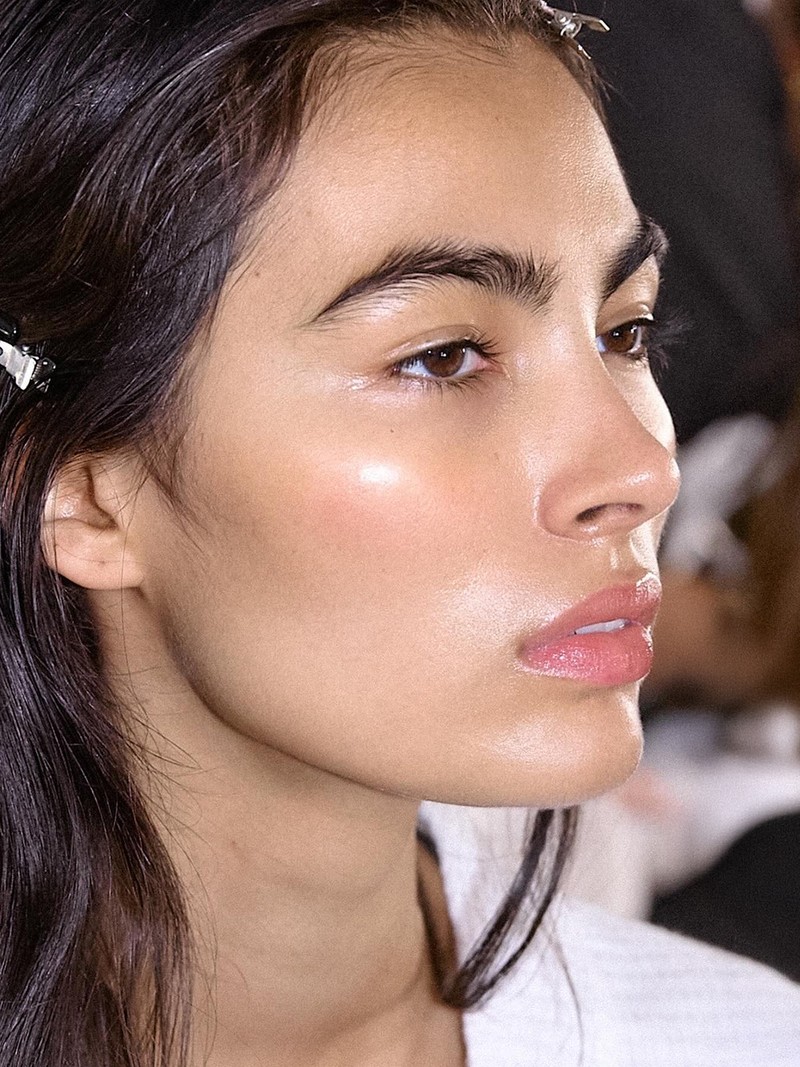
How To Find The Right Foundation For You
Assess Your Individual Needs
“Focus on how you want your skin to look and not just what’s trending. It’s not just about your skin type, it’s also about your lifestyle. Are you always on the go? Do you like to top up throughout the day? Do you like to let your freckles shine through? Match your base to your needs. One of the biggest mistakes people make is buying a foundation based on what works for someone else. TikTok reviews and word-of-mouth recommendations can be helpful but when it comes to foundation, it needs to be all about you and your preferences.” – Megan McPhilemy, make-up artist
Identify Your Undertones
“Once you’ve cracked this, picking everything else – from foundation to lipstick – becomes easier. Your options are warm, cool or neutral. I recommend looking at the colour of the veins on your wrist. If they appear green or olive, you’re most likely warm; blue or purple you’re cool; and a mix of both indicates neutral.” – Megan
Consider The Formula
“The right formula goes a long way. Liquids are ideal for normal skin – they’re buildable, meaning you can layer them from barely-there to medium or full coverage. Also, they’re great for those with more mature skin, as many contain hydrating, anti-ageing ingredients. Creams work well for all skin types, but especially dry skin as they leave behind a dewy, comfortable finish without looking greasy. Powders are a godsend for those prone to oil and so handy if you’re wanting to touch up your T-zone on the go. They often contain minerals to reduce shine and tend to give you light-to-medium coverage. Sticks are great on problem areas like redness or spots where you might want some extra coverage. Finally, if you love sheer, minimal coverage, a tinted moisturiser is going to be your best friend. Often, they’re formulated with skin-friendly ingredients to boost hydration levels and keep you feeling fresh throughout the day.” – Wendy Turner, make-up artist
Test It Along Your Jawline
“Avoid testing foundation on the back of your hand – it’s not the same tone or texture as your face. Instead, swatch it along the jawline and let it settle. A good match should disappear into the skin without any harsh lines. Don’t be afraid to let it sit for a few hours to see how it wears. Some foundations can oxidise, leading to a change in colour. So ideally, if you’re testing in-person, wait a couple of hours to see what the shade looks like on your skin before returning to the shop to make your purchase.” – Megan
Pick The Right Finish
“Mattes are ideal for oily skin, they control shine, minimise the appearance of pores and help blur imperfections. I often reach for these for my red-carpet clients when I want a smooth, long-lasting finish that stays put all day. If you have dry or mature skin, a radiant finish is ideal. This creates that lit-from-within look and also tends to make the skin appear dewy and plump. Avoid this finish if you’re oily, as it can slip and appear greasy. Satins – my personal favourite – create balance. They sit somewhere in between matte and radiant, offering a natural, skin-like finish with a hint of glow. This is a safe bet if you’re unsure, as it suits most skin types. It’s especially great for everyday wear or if you don’t want to feel overly ‘done’. Finally, sheer foundation is breathable and understated – great if you have minimal imperfections. If you’re after a healthy, barely-there glow, this one’s for you.” – Megan
Don’t Forget Skin Prep
“Priming your canvas properly makes all the difference when it comes to how your foundation applies and wears throughout the day. Check that your primer and foundation are compatible. Water-based primers pair best with water-based foundations, and the same goes for silicone. If you’re mixing the two, it could be the reason your foundation is sliding or separating. Keeping these base products aligned ensures a smoother application and better longevity.” – Megan
Use The Right Tools
“My fingers are my favourite tool, but a brush or sponge will help you achieve your desired look and finish. A brush that has short, flat, dense bristles buffs on liquid and powder formulas and will help give you full coverage. A soft, curved brush head works with the contours of your face for light-to-medium smooth, even coverage. Finally, a sponge is really effective if you’re using a full-coverage foundation but want to achieve a more natural skin-like finish.” – Wendy
Follow @MEGANONMAKEUP & @WENDYTURNERMAKEUP
SHOP THE PRODUCT EDIT
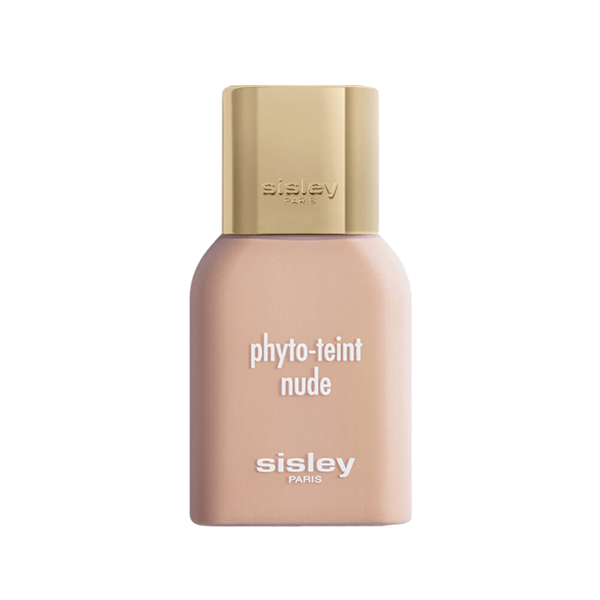
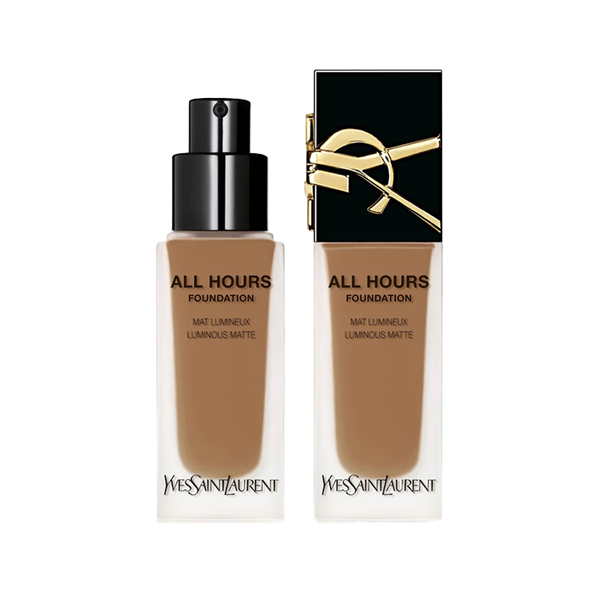
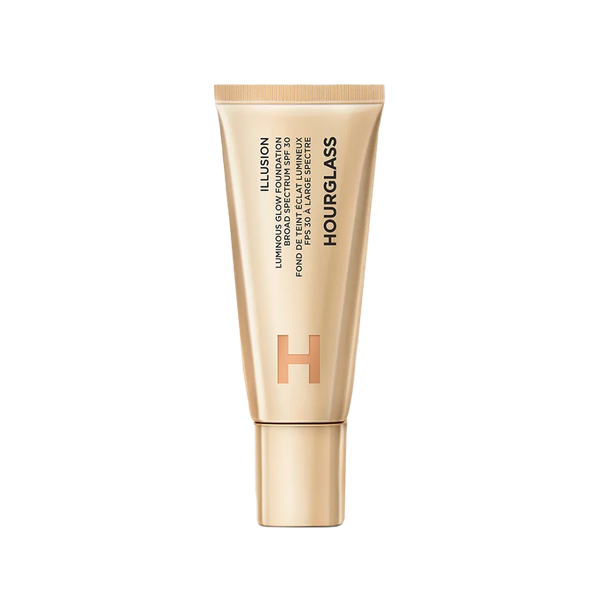
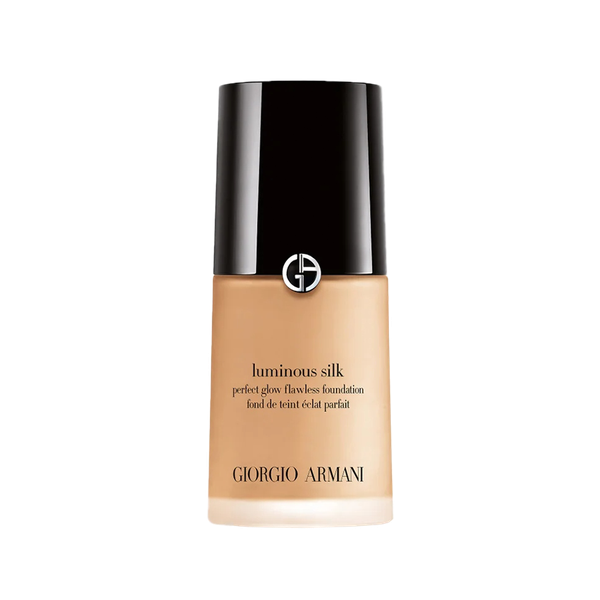
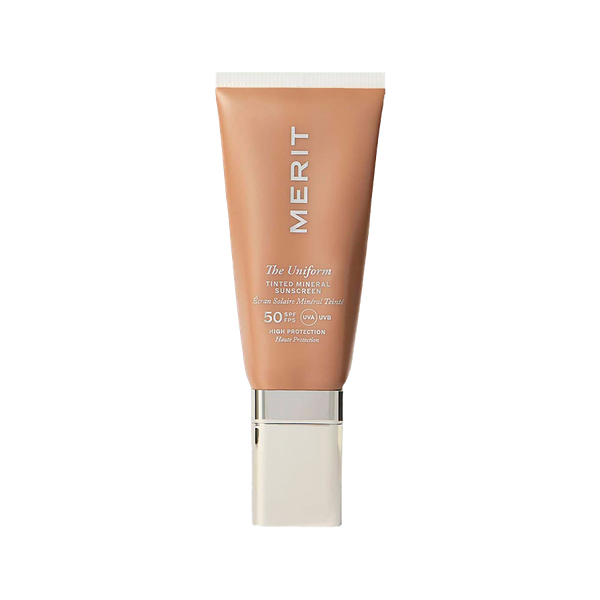
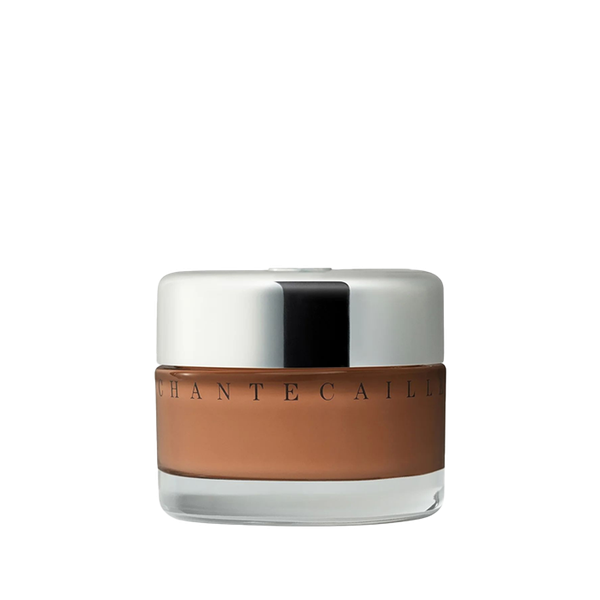
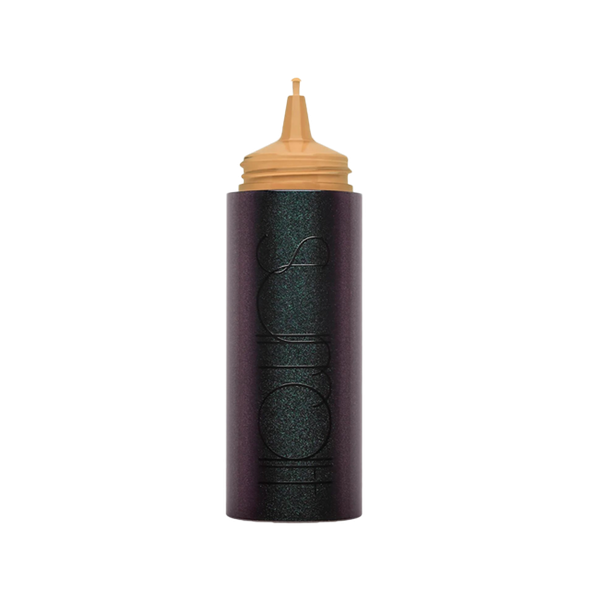
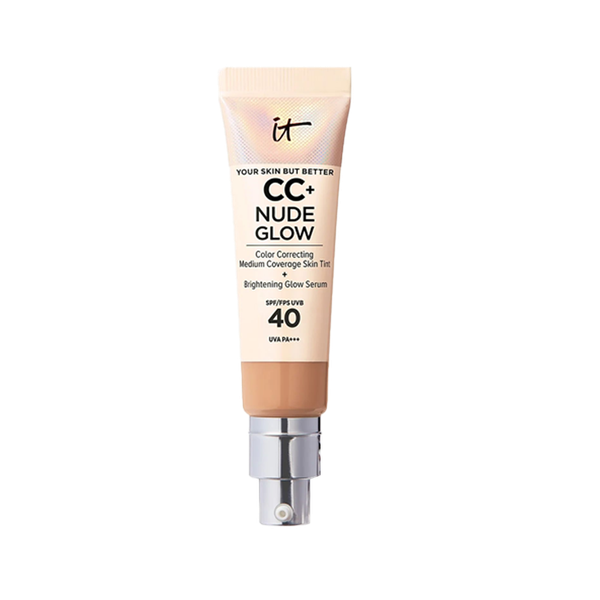
DISCLAIMER: We endeavour to always credit the correct original source of every image we use. If you think a credit may be incorrect, please contact us at info@sheerluxe.com.

